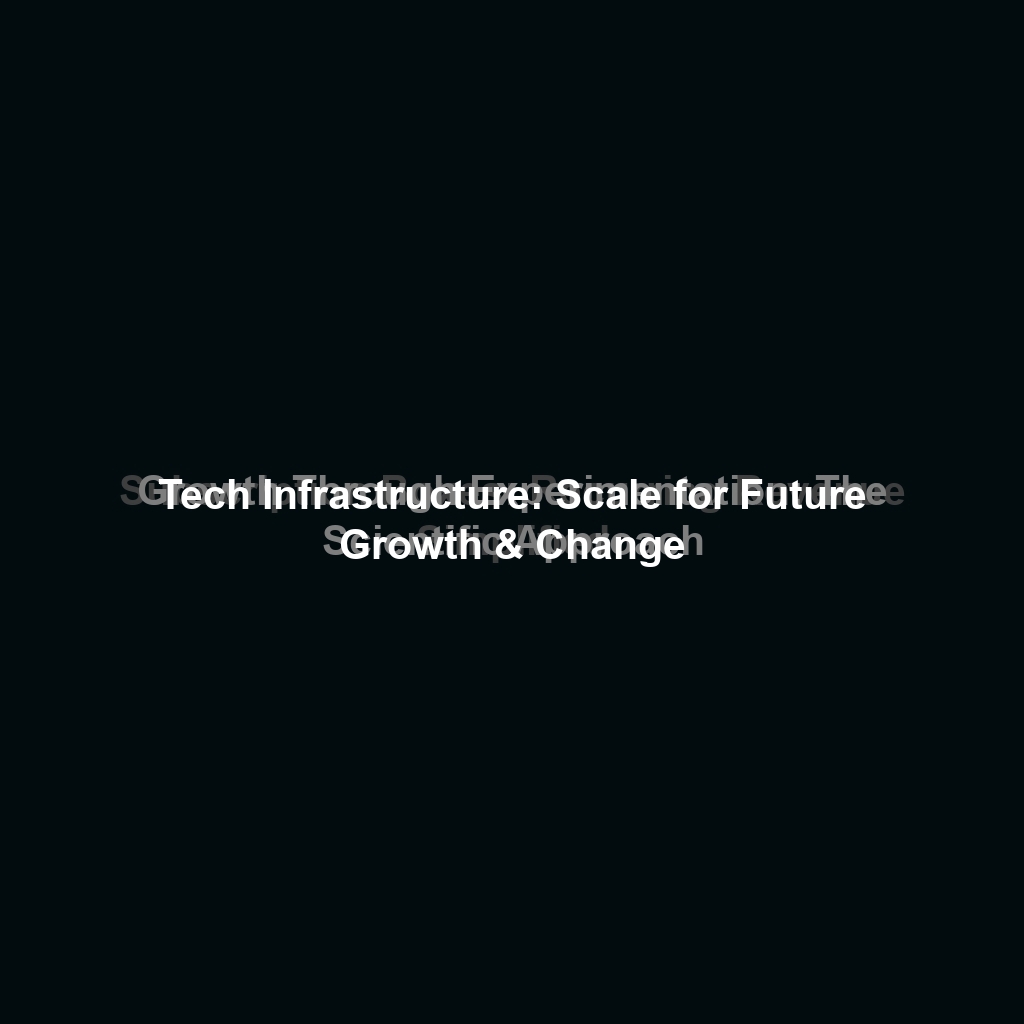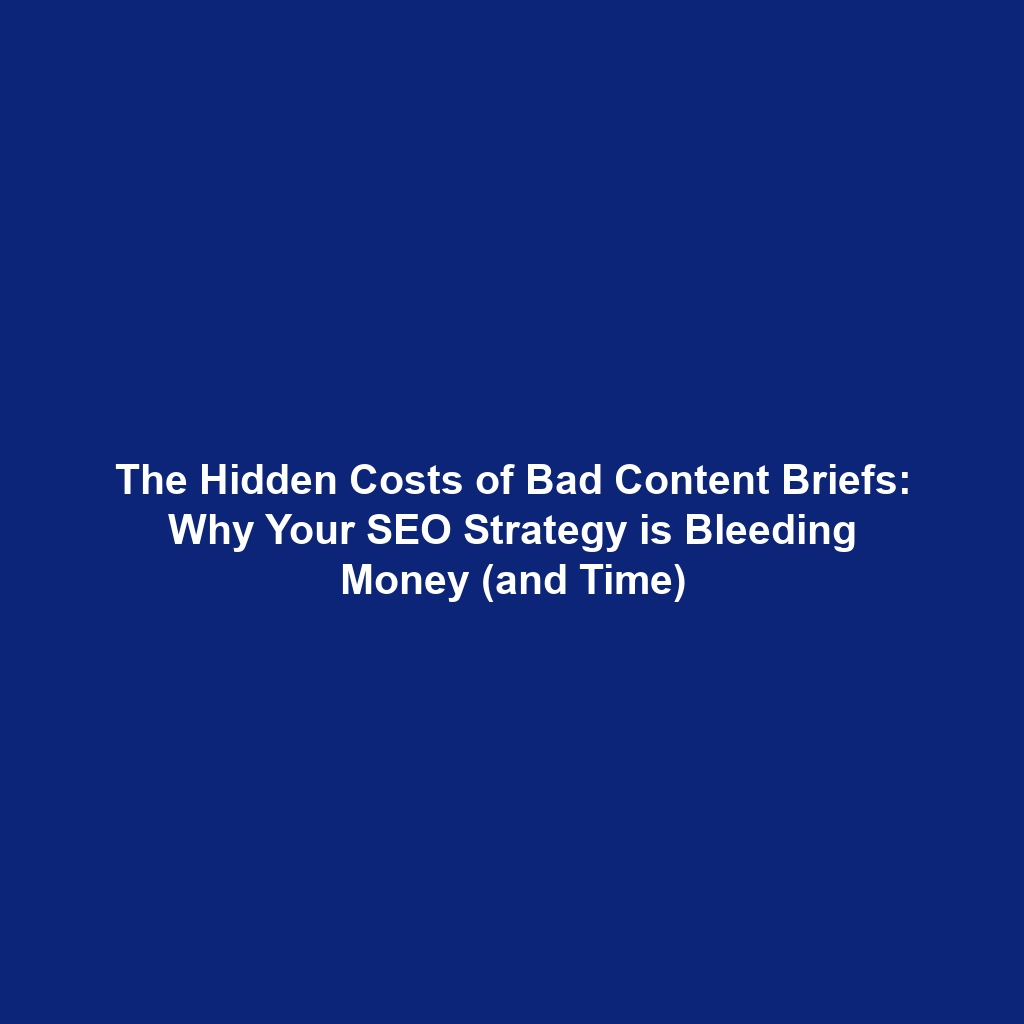As a CEO with a background in theoretical mathematics, I’ve found that the rigorous, analytical thinking honed through years of abstract problem-solving translates surprisingly well to the dynamic, often unpredictable world of business. This isn’t just about number crunching; it’s about a fundamental approach to problem-solving: forming hypotheses, testing them rigorously, and adapting based on results. In essence, it’s the scientific method applied to business growth and experimentation.
From Abstract Proofs to Concrete Profits: The Influence of a Theoretical Math Degree
My journey from the abstract world of group theory and topology to the concrete reality of running a company might seem like a leap. However, the underlying principles are remarkably similar. Both fields demand a deep understanding of fundamental concepts, the ability to identify patterns, and the courage to explore uncharted territory. Here’s how my theoretical math background specifically influences my decision-making and leadership style:
- Embracing Uncertainty: Mathematics, at its core, deals with exploring the unknown. This comfort with ambiguity is invaluable in business, where perfect information is rarely available.
- Analytical Rigor: My mathematical training instilled a relentless focus on logical reasoning and evidence-based decision-making. I prioritize data and analysis over gut feeling, although intuition still plays a role.
- Problem Decomposition: Complex mathematical problems are often solved by breaking them down into smaller, more manageable parts. This approach is equally effective in tackling complex business challenges.
- Iterative Improvement: Mathematical research is rarely a linear process. It involves cycles of conjecture, proof (or disproof), and refinement. This iterative mindset is crucial for continuous improvement in business.
Key Insight: A theoretical math background fosters a mindset that values rigorous analysis, embraces uncertainty, and promotes iterative improvement – all essential ingredients for successful business leadership.
The Scientific Method as a Business Growth Engine
The scientific method, stripped to its essence, involves:
- Observation: Identifying a problem or opportunity.
- Hypothesis Formation: Developing a testable explanation or prediction.
- Experimentation: Designing and conducting tests to gather data.
- Analysis: Interpreting the data to draw conclusions.
- Conclusion & Iteration: Accepting, rejecting, or modifying the hypothesis and repeating the process.
Applying this framework to business allows for a more structured and less emotional approach to growth. It transforms what might feel like reckless gambles into calculated risks based on empirical evidence.
Hypothesis-Driven Decision Making
Every business decision should be viewed as a hypothesis. For example, instead of simply launching a new marketing campaign, we frame it as: “If we invest X dollars in a targeted social media campaign, we hypothesize that we will see a Y% increase in lead generation within Z weeks.” This allows us to track the results, analyze the data, and determine whether our hypothesis was correct. If it wasn’t, we can adjust our strategy accordingly.
This approach is particularly useful in areas like:
- Marketing Campaign Optimization: A/B testing ad copy, landing pages, and targeting parameters.
- Product Development: Launching Minimum Viable Products (MVPs) to gather user feedback.
- Pricing Strategies: Experimenting with different pricing models to maximize revenue.
- Sales Process Improvement: Testing new sales scripts and techniques to increase conversion rates.
Embracing Failure as a Learning Opportunity
In mathematics, a failed proof is not necessarily a waste of time. It can reveal valuable insights into the problem and pave the way for new approaches. Similarly, in business, failed experiments are opportunities to learn and refine our strategies. The key is to embrace failure as a learning opportunity, not as a reason to abandon experimentation altogether.
Key Insight: Failure is inevitable in experimentation. The real value lies in extracting actionable insights from failures and using them to inform future decisions. Quantify the failure, understand the “why”, and pivot quickly.
Examples of Growth Experimentation in Action
Let’s look at some specific examples of how we’ve applied the scientific method to drive growth within my company, both successes and failures, along with the lessons we learned.
Example 1: The “Gamified Onboarding” Experiment (Successful)
Observation: High churn rate among new users during the first month of using our SaaS platform.
Hypothesis: If we gamify the onboarding process by introducing points, badges, and leaderboards, we hypothesize that we will see a 20% reduction in churn rate within the first month.
Experiment: We redesigned the onboarding experience to include:
- Points awarded for completing specific tasks.
- Badges earned for achieving milestones.
- A leaderboard showcasing top-performing users.
Analysis: After one month, we analyzed the data and found that churn rate among new users had decreased by 25%, exceeding our initial hypothesis.
Conclusion: The gamified onboarding process was successful in engaging new users and reducing churn. We decided to implement it permanently and continue to iterate on the design based on user feedback.
Lesson Learned: Gamification can be a powerful tool for increasing user engagement and retention, but it’s important to design the experience carefully to ensure it’s relevant and meaningful to users. We made sure the badges were challenging to earn but not impossible, and that the points system accurately reflected user progress.
Example 2: The “Personalized Email Marketing” Experiment (Successful, but Required Iteration)
Observation: Low open rates on our general email marketing campaigns.
Hypothesis: If we personalize email content based on user behavior and demographics, we hypothesize that we will see a 15% increase in open rates and a 10% increase in click-through rates.
Experiment (Phase 1): We implemented a basic personalization strategy that segmented users based on their industry and sent them emails with industry-specific content.
Analysis (Phase 1): Open rates increased by only 8%, and click-through rates increased by only 5%. This was below our target, but showed promise.
Conclusion (Phase 1): Basic personalization was not enough. We needed to delve deeper into user behavior and preferences.
Experiment (Phase 2): We refined our personalization strategy by tracking user activity within our platform (e.g., features used, pages visited) and tailoring email content accordingly. We also A/B tested different subject lines and email layouts.
Analysis (Phase 2): Open rates increased by 20%, and click-through rates increased by 12%, exceeding our initial hypothesis.
Conclusion (Phase 2): Highly personalized email marketing is effective in increasing engagement. Continuous A/B testing is essential for optimizing performance.
Lesson Learned: Personalization is not a one-size-fits-all solution. It requires careful analysis of user data and continuous optimization to achieve optimal results. Investing in robust analytics tools is crucial for tracking user behavior and measuring the effectiveness of personalization efforts.
Example 3: The “Aggressive International Expansion” Experiment (Unsuccessful)
Observation: Rapid growth in our domestic market.
Hypothesis: If we aggressively expand into three new international markets simultaneously, we hypothesize that we will see a 30% increase in overall revenue within one year.
Experiment: We launched our product in three new countries (Germany, Japan, and Brazil) within a short timeframe, investing heavily in marketing and localization efforts.
Analysis: After one year, we analyzed the data and found that revenue in the new markets was significantly lower than projected. We incurred substantial losses due to high marketing costs and unexpected regulatory hurdles.
Conclusion: Aggressive international expansion was not a viable strategy in this case. We underestimated the complexities of entering new markets and the need for a more phased approach.
Lesson Learned: International expansion requires careful planning, thorough market research, and a phased approach. It’s crucial to understand the local culture, regulatory environment, and competitive landscape before making significant investments. We should have focused on one market first, learned from our experiences, and then scaled to other markets gradually.
Key Insight: Not all experiments will succeed. The “Aggressive International Expansion” example highlights the importance of validating assumptions and conducting thorough due diligence before making large-scale investments. Prioritize learning and adaptation over blindly pursuing ambitious goals.
Calculated Risk-Taking: Finding the Sweet Spot
The scientific method encourages calculated risk-taking, which is distinct from reckless gambling. Calculated risks are informed by data, analysis, and a clear understanding of the potential downsides. They involve carefully weighing the potential rewards against the potential risks and making a rational decision based on the available information.
Here’s how I approach calculated risk-taking as a CEO:
- Quantify the Potential Upside and Downside: Before making any significant decision, I insist on a thorough analysis of the potential financial and strategic implications. This includes estimating the potential revenue gains, cost savings, and market share increases, as well as the potential losses, risks, and opportunity costs.
- Assess the Probability of Success: Based on the available data and expert opinions, I try to estimate the probability of success for each potential outcome. This helps me to make a more informed decision about whether to proceed with the venture.
- Develop a Contingency Plan: Even with careful planning, things can still go wrong. That’s why it’s essential to develop a contingency plan that outlines the steps we will take if the experiment fails to meet our expectations. This might involve cutting our losses, pivoting to a new strategy, or seeking additional funding.
- Learn from Every Outcome: Whether the experiment succeeds or fails, it’s important to analyze the results and identify the key factors that contributed to the outcome. This allows us to refine our decision-making process and improve our chances of success in the future.
Building a Culture of Experimentation
Creating a culture that embraces experimentation is crucial for fostering innovation and driving growth. This involves:
- Empowering Employees: Give employees the autonomy to propose and test new ideas.
- Providing Resources: Allocate resources (time, budget, and tools) specifically for experimentation.
- Celebrating Both Successes and Failures: Recognize and reward employees for their efforts, regardless of the outcome of the experiment.
- Sharing Knowledge: Create a system for sharing the results of experiments (both successful and unsuccessful) across the organization.
By fostering a culture of experimentation, you can unlock the collective intelligence of your organization and accelerate your path to growth. It’s not just about trying new things; it’s about learning, adapting, and continuously improving your approach based on empirical evidence.
The Data-Driven CEO: A New Breed of Leader
In today’s rapidly changing business environment, the ability to make data-driven decisions is more critical than ever. A CEO with a strong foundation in mathematics or science is well-equipped to thrive in this environment. By applying the scientific method to business growth and experimentation, these leaders can:
- Make more informed decisions based on data and analysis.
- Embrace calculated risk-taking and avoid reckless gambles.
- Learn from failures and continuously improve their strategies.
- Foster a culture of innovation and experimentation.
- Drive sustainable growth and create long-term value.
My theoretical math degree wasn’t a direct path to the CEO’s office, but it provided me with a unique lens through which to view the world, a framework for problem-solving, and a relentless pursuit of knowledge. By embracing the scientific method and cultivating a culture of experimentation, any CEO can unlock the potential for exponential growth and create a truly remarkable organization. The journey is a constant iteration, a perpetual cycle of hypothesis, testing, and refinement – a beautiful equation for business success.
This article was optimized and published by Content Hurricane.


